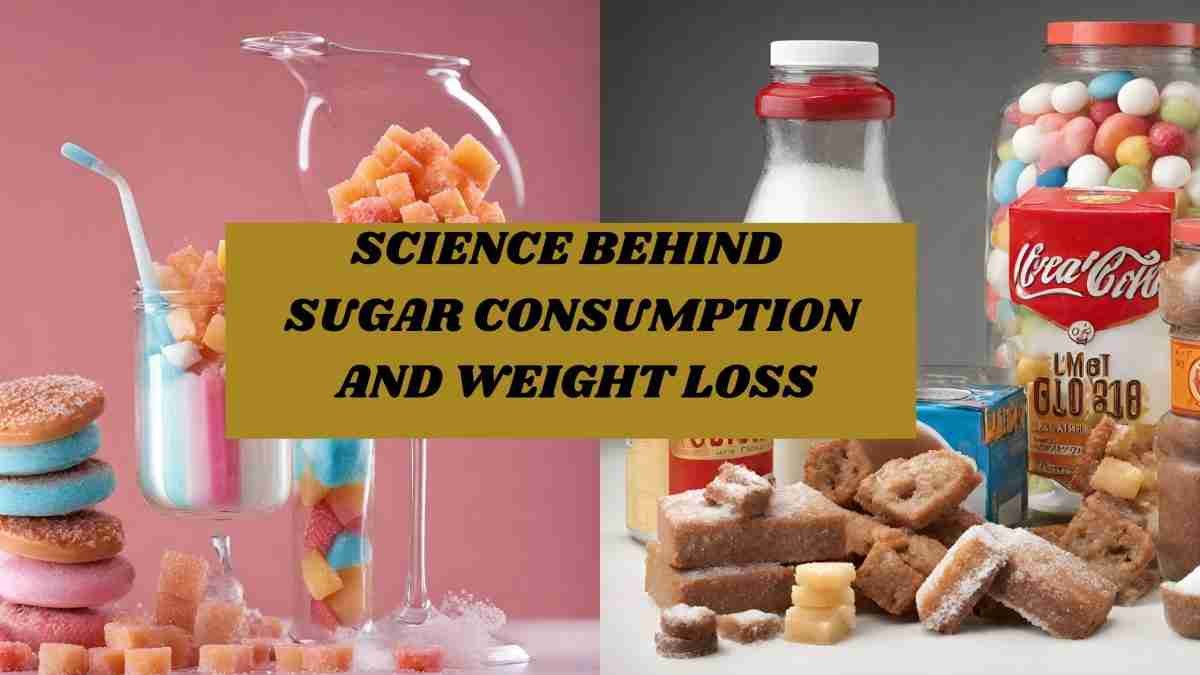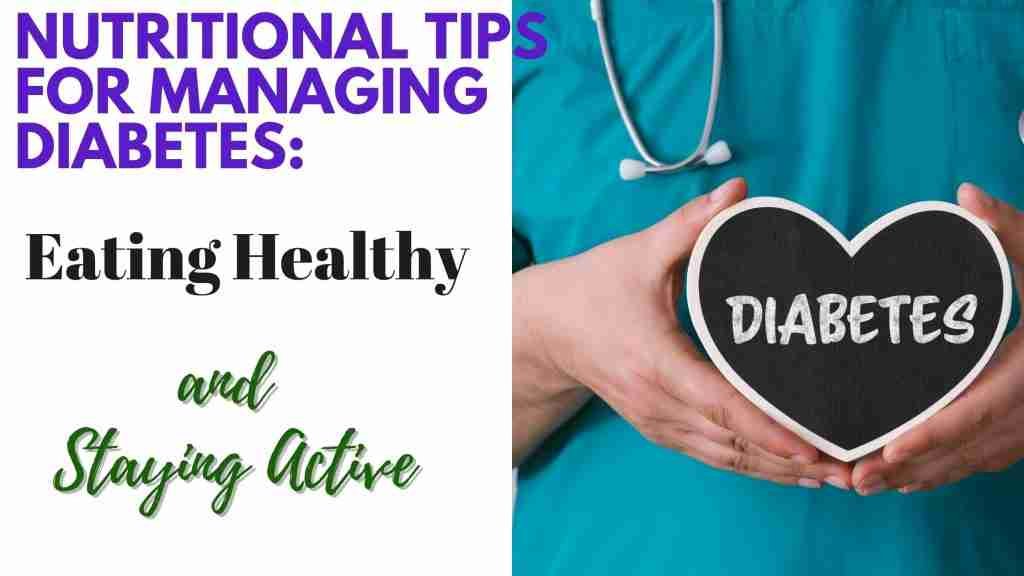Introduction
Sugar reduction can transform your weight-loss journey.
In a world where sugary treats and beverages are abundant, it’s crucial to understand the impact of sugar consumption on our waistlines and overall health. The truth about sugar goes beyond just its sweet taste; it plays a significant role in our weight management and well-being.
The Sugar Epidemic: Understanding the Basics
What is sugar?
Sugar, scientifically known as sucrose, is a simple carbohydrate found naturally in many foods like fruits, vegetables, and dairy. It’s also added to various processed foods and drinks to enhance flavor. There are different types of sugar, such as glucose, fructose, and sucrose, each of which affects our bodies differently.
The Sugar-Obesity Connection
Excessive sugar consumption is linked to weight gain and obesity.
When we consume more sugar than our body needs for energy, the excess is stored as fat.
Moreover, high-sugar diets can lead to insulin resistance, making it harder for our bodies to regulate blood sugar levels and effectively burn stored fat.
Understanding the Sugar Dilemma
Sugar, in its various forms, has permeated our modern diets.
From the obvious sugary treats to the hidden sugars in processed foods, it’s challenging to escape its grasp. The problem lies not only in the excess calories that that sugar brings but also in its ability to disrupt our body’s natural mechanisms.
Excessive sugar intake leads to insulin resistance, a condition where cells become less responsive to insulin’s regulatory effects. This results in the body storing more fat, particularly around the waistline. Furthermore, sugar stimulates the release of dopamine in the brain, much like addictive substances, making us crave even more sugar-laden delights.
NATURAL SUGAR REGULATING SUPPLEMENT
The Vicious Cycle of Sugar and Weight Gain
As we indulge in sugar-laden foods, our waistlines expand and our health deteriorates. The cycle is vicious: more sugar intake leads to more fat storage, which increases the risk of obesity.
And as obesity sets in, it becomes harder for the body to regulate insulin, exacerbating the problem.
Sugar reduction breaks this cycle.
By reducing sugar consumption, insulin sensitivity improves, leading to better fat metabolism.
Gradually, as excess fat starts to disappear, the waistline begins to slim down. Moreover, the reduction in sugar intake leads to decreased cravings, making it easier to resist unhealthy temptations.
The Science of Sugar and Fat Storage
To truly comprehend the transformative effects of sugar reduction, let’s discuss the science behind it. When we consume sugar, particularly in high amounts, our liver becomes overwhelmed and converts the excess sugar into fat. This fat is then transported through the bloodstream and stored predominantly in the abdominal area.
OTHER RELATED BLOG POST
Abdominal fat, often referred to as visceral fat, is not merely a passive storage depot. It’s an active endocrine organ that releases hormones and inflammatory molecules. These compounds interfere with insulin signaling, promote inflammation, and increase the risk of chronic diseases, including type 2 diabetes and cardiovascular issues.
Unmasking the Effects of Sugar on Waistline
The Vicious Cycle: Sugar and Cravings
Sugar can create a cycle of cravings and overeating.
When we consume sugary foods, our blood sugar spikes, followed by a crash that leaves us craving more sugar. This rollercoaster ride can lead to constant snacking, overindulgence, and weight gain.
Hidden Calories: Sugar in Disguise

Many seemingly healthy foods, such as flavored yogurts and granola bars, are laden with hidden sugars.
These hidden sources of sugar can quickly add up to our daily calorie intake, contributing to weight gain without us even realizing it.
Fat Storage and Belly Bulge
Excessive sugar consumption is closely tied to fat storage, particularly in the abdominal area.
This visceral fat not only affects our appearance but also increases the risk of various health issues, including heart disease, diabetes, and metabolic syndrome.
Transforming Your Waistline: Benefits of sugar reduction
Shedding Pounds and Inches
Reducing sugar intake can lead to weight loss. By cutting out sugary foods and drinks, you’re eliminating unnecessary calories and stabilizing your blood sugar levels, making it easier for your body to burn stored fat.
Increased Energy and Well-Being
High-sugar diets can cause energy crashes and mood swings. By opting for healthier, low-sugar options, you can experience sustained energy levels and improved overall well-being.
Clearer Skin and a youthful glow
Sugar consumption can contribute to skin issues such as acne and premature aging. When you reduce your sugar intake, you’re promoting healthier skin and a more youthful complexion.
The Benefits of Sugar Reduction
Reducing sugar consumption offers a myriad of benefits that extend beyond just waistline transformation. Improved insulin sensitivity means better blood sugar control, reducing the risk of diabetes. Lower inflammation levels lead to a decreased risk of heart disease. Furthermore, as weight is shed, self-esteem and confidence receive a much-needed boost.
Practical Tips for Sugar Reduction
Transitioning away from a sugar-laden diet might seem daunting, but it’s entirely achievable with the right strategies. Here are some practical tips to help you cut out excess sugar and embark on your waistline transformation journey:
1. Read Labels Carefully
Become a label detective. Scan packaged foods for hidden sugars under various names such as sucrose, high fructose corn syrup, and agave nectar. Opt for products with minimal added sugars.
2. Choose Whole Foods

Focus on whole, unprocessed foods like fruits, vegetables, lean proteins, and whole grains. These foods are naturally lower in sugar and provide essential nutrients.
3. Limit Sugary Beverages
Sodas, energy drinks, and sweetened juices are among the leading sources of added sugar. Opt for water, herbal teas, or naturally flavored water infusions instead.
4. Opt for Natural Sweeteners
If you need a touch of sweetness, turn to natural alternatives like honey, maple syrup, or stevia. While they should be used in moderation, they are better options than refined sugar.
5. Plan Your Meals
Meal planning helps you stay on track and reduces the chances of making impulsive, unhealthy choices. Prepare balanced meals and snacks in advance to avoid reaching for sugary convenience foods.
6. Hydration is Key
Stay hydrated by drinking water instead of sugary beverages. Water not only quenches your thirst but also supports your metabolism and weight-loss efforts.
Conclusion
In the pursuit of a healthier waistline and overall well-being, understanding the truth about sugar is paramount.
By cutting out excessive sugar from your diet, you can transform your body, boost your energy levels, and pave the way for a healthier future.
FAQs (Frequently Asked Questions)
- Is all sugar bad for you? Not all sugars are created equal. Natural sugars found in fruits come with essential nutrients, while added sugars in processed foods should be limited.
- Can I have any sugar in my diet? Yes, moderation is key. It’s about reducing added sugars and making healthier choices.
- How long does it take to see the effects of cutting out sugar? Some people experience benefits like increased energy and improved mood within a few days, while noticeable weight loss may take a few weeks.
- Are artificial sweeteners a better alternative? While they have fewer calories, artificial sweeteners can still trigger sugar cravings and may not be the best solution for everyone.
- Where can I learn more about adopting a low-sugar lifestyle?







